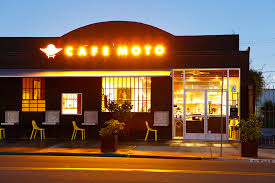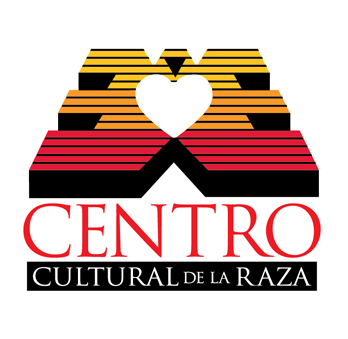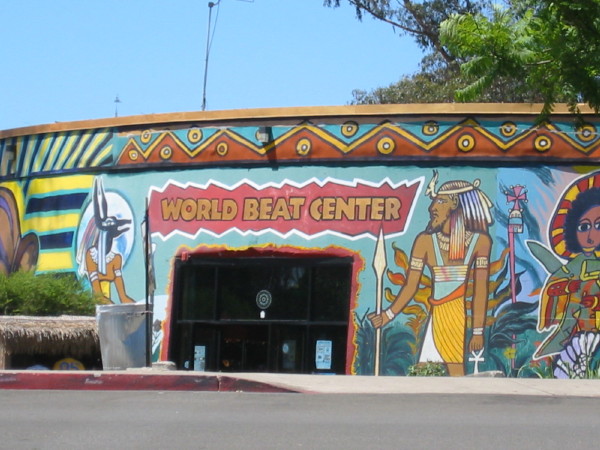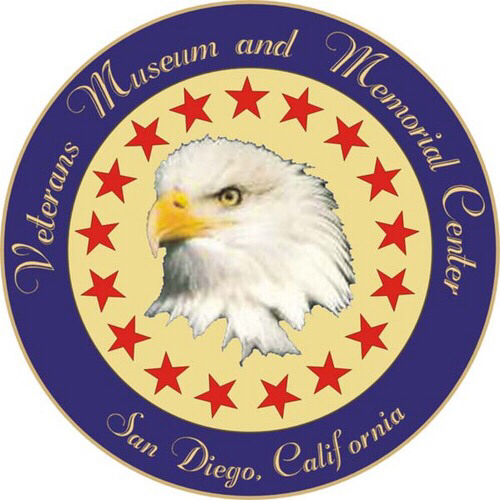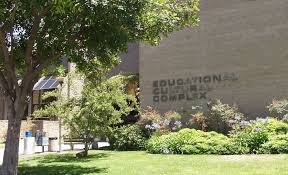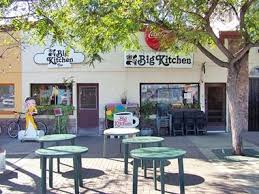Rally along Torrey Pines Road with 50’ Keystone Pipeline Banner, signs, chants
CONTACT: Masada Disenhouse, 619-277-4594, This email address is being protected from spambots. You need JavaScript enabled to view it.
Thursday, May 8, 2014 – Over 100 San Diegans gathered along Torrey Pines Road in La Jolla to call on President Obama, who was in the neighborhood for a fundraiser, to reject a permit for the Keystone XL Pipeline. The “KXL”, which would carry dirty tar sands oil from Canada to Texas for refining and export, has been called “game over” for the climate by the nation’s foremost climatologist, Dr. James Hansen.
Participants held large signs, including a 50-foot cardboard depiction of the Keystone Pipeline with the words “Stop the Keystone Pipeline. Fight climate change” in huge letters on it, and a large banner with a quote from the President that participants want to see him keep: “We will respond to the threat of climate change, knowing that the failure to do so would betray our children and future generations”.
SanDiego350’s Emily Wier said that the KXL will greatly increase greenhouse gas emissions and worsen the impacts of climate change – including significant sea level rise, more extreme and frequent storms and wildfires, water shortages, and increases in heat and infectious disease-related health problems – while creating only a few dozen on-going jobs. “Fully exploiting the tar sands will make the most serious effects of global warming inevitable. We need the President to reject the Keystone XL Pipeline, say he’ll veto a pro-pipeline bill in the Senate, and start demonstrating national and global leadership on climate change.”
Phil Petrie, a local artist in North Park, said that the country’s lack of response to devastating climate change is a moral issue. “We have a responsibility to the planet and to future generations to hold our government accountable to take immediate action on climate change. We are here now to make it known to President Obama that we, the people, say: The time is now! Reject this pipeline!”
Eleven-year old Siena also spoke movingly, saying, “Let me tell you what we kids really need. We don’t need oil. We need clean air to breathe, fresh water to drink, and clean oceans to swim in.”
SanDiego350’s Michael Brackney led the demonstrators in rousing chants, including, “Climate change is here to stay, fossil fuels are not the way,” and “Tell Obama now’s the time, to stop the Keystone Pipeline!”
Bob Braaton said “When this fight started all bets were on the fossil fuel industry – everyone thought the pipeline would go through – but now it’s looking more likely that the pipeline could be rejected. That’s because of us in San Diego, and people just like us all around the country, who have stood up to say ‘enough!’”
Peg Mitchell of San Marcos said “I’m here today for my six grandchildren. If I didn’t act to stop this horrifying threat to their future, I couldn’t live with myself.”
SanDiego350.org, an all-volunteer organization, is concerned about climate change and its very real effects on our livelihoods, well-being, and the future for our children. We work to increase awareness of climate change and advocate for reducing greenhouse gas emissions. We are loosely affiliated with 350.org, the international climate organization, whose work inspires us.
San Diego News
Jane Dumas - Kumeyaay Elder Shared Knowledge of Tribe's Old Ways’
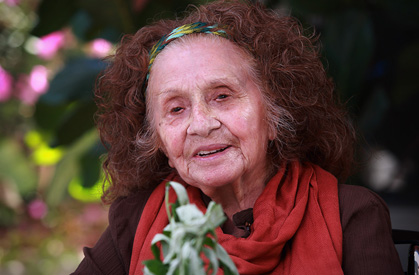
By Caroline Dipping 05:00a.m. May 7, 2014, updated 06:35p.m. May 6, 2014
Jane Dumas grew up in a dirt-floored hut on a backcountry ranch, hauling water by the bucket and eating honey and manzanita berries for treats. A member of East County’s Jamul Band of Kumeyaay Indians, she spoke Kumeyaay and Spanish before learning English in a one-room school in Potrero, where she was ostracized by classmates for being a “savage.”
From her mother, a revered medicine woman and midwife, she absorbed everything there was to know about native plants and their power to heal. Mrs. Dumas made it her mission to share what she learned at her mother’s side, to teach the language and culture of her people, and to advocate for the Native American community of San Diego.
“Her whole life was dedicated to helping everybody, not just the natives,” said her grandson Brian Dumas. “She felt it was just as important to show the white man why we do what we do. She was a teacher right up to her last day.”
Mrs. Dumas died of natural causes on May 3 at a nursing home in Lakeside. The tribal elder was 89.
“Jane was a well-respected member of our Tribe, and was known throughout San Diego County and the State of California,” read a statement issued by the Jamul Indian Village Tribal Council. “Jane’s knowledge and expertise of the Kumeyaay culture will be greatly missed.”
Born Jane Thing on June 25, 1924, on Smith Ranch in Barrett, she was one of five children born to Ambrosia Thing and Isabelle Cuero.
Standing barely 5 feet tall, Mrs. Dumas was a giant in San Diego’s American Indian community. She was one of the very few elders from a reservation to make a mark in San Diego’s so-called urban Indian community — people of Navajo, Lakota or other tribal descent. And she was revered for her vast knowledge of plants, herbs and ancient remedies.
“Even when I travel, I take the time to look at what’s in the ground,” she said in a 2002 interview with The San Diego Union-Tribune. “It all has a good, warm feeling. It’s almost like a human feeling they pass on to you, the plants.”
For decades, Mrs. Dumas spoke in classrooms and at public events, sharing knowledge of Kumeyaay culture, language and medicine. She taught ethnobotany classes through Cuyamaca College and the Kumeyaay Community College on the Sycuan Indian Reservation.
“She is one of those resources you will miss like a library burning down,” said Richard Carrico, professor of Indian studies at San Diego State University. “You can never exhaust what she knew and it wasn’t from her not wanting to share it. She is really going to be missed.”
In 1981, she helped found the San Diego American Indian Health Center, working there until 2000 as a traditional medicine specialist. Since 1986, she was a board member for the Indian Human Resource Center.
In 2002, she was among the first women nominated for induction into the San Diego County Women’s Hall of Fame. On Oct. 1, 2004, the city of San Diego honored her by proclaiming it Jane Dumas Day. In 2005, the California State Society of Daughters of the American Revolution named her its American Indian of the Year for her social and cultural efforts on behalf of her Kumeyaay band and other American Indians.
In 2006, a flag representing the Kumeyaay-Diegueño Nation was flown for the first time at Cabrillo National Monument in Point Loma. The idea for the flag came from Mrs. Dumas, who had prayed in her native language and blessed the opening ceremonies for years at the annual Cabrillo Festival.
“What I remember about her is that she was small in stature, but very large in influence,” said Chet Barfield, a former San Diego Union-Tribune staff writer who covered Indian affairs. “She was very quiet, but pretty much wherever she was, everybody in the room knew that Jane Dumas was the elder to be respected.”
In the 2002 Union-Tribune article, Dumas said she didn’t consider herself a healer or a great leader, just someone who knew the old ways and hoped they wouldn’t be forgotten. When asked if she could be called a teacher, she responded, “That’s what they say. I call it sharing.”
Mrs. Dumas is survived by a son, Dale Dumas, of San Felipe, Baja California; a brother, Adolph Thing, of Jacumba; three grandchildren; and five great-grandchildren. She was predeceased by her daughter, Daleane Adams, in 2009, and her husband of 44 years, Cleo Dumas, in 1985.
A rosary will be at 7 p.m. Friday followed by an all-night wake at St. Francis of Xavier Church, 14191 Highway 94, Jamul. Burial services will be at 10 a.m. Saturday at the church.
More Articles ...
Subcategories
San Diego
Barrio Logan, Black Mountain Ranch, Carmel Mountain Ranch, Carmel Valley, City Heights, Clairemont Mesa, College Area, Del Mar Mesa, Downtown, Center City, East Elliott, Eastern Area, Encanto, Fairbanks Ranch Country Club, Greater Golden Hill, Kearney Mesa, Kensington-Talmadge, La Jolla, Linda Vista, Midway Pacific Hwy Corridor, Miramar Ranch North, Mira Mesa, Mission Beach, Mission Valley, Navajo, Normal Heights, North City Future Urbanization Area (NCFUA), North Park, Ocean Beach, Old Town San Diego, Otay Mesa, Otay Mesa - Nestor, Pacific Beach, Pacific Highlands Ranch, Peninsula, Rancho Bernardo, Rancho Encantada, Rancho Penasquitos, Sabre Springs, San Pasqual Valley, San Ysidro, Scripps Ranch, Serra Mesa, Skyline Paradise Hills, Southeastern San Diego, Tierrasanta, Tijuana River Valley, Torrey Highlands, Torrey Hills, Torrey Pines, University, Uptown, Via de la Valle.
Print copies here!

Central
Educational Cultural Complex
Logan Heights
Malcolm X
North Park

